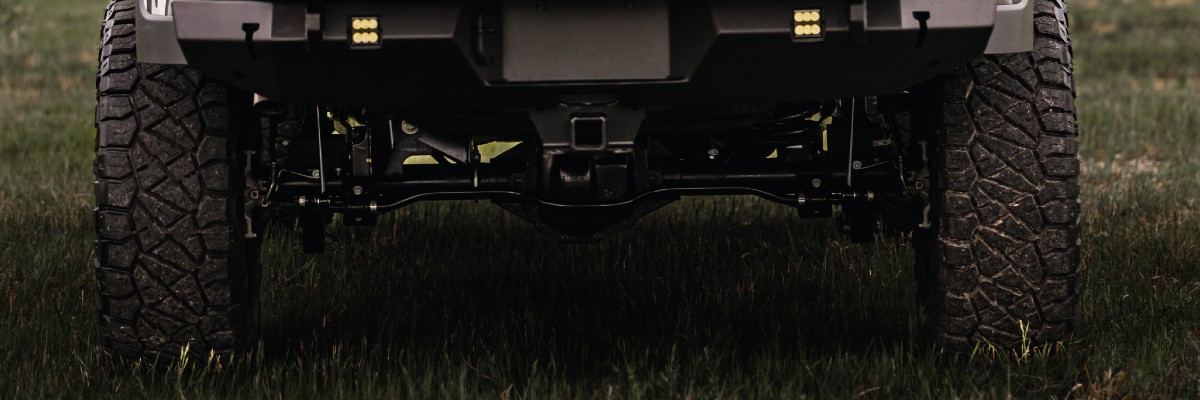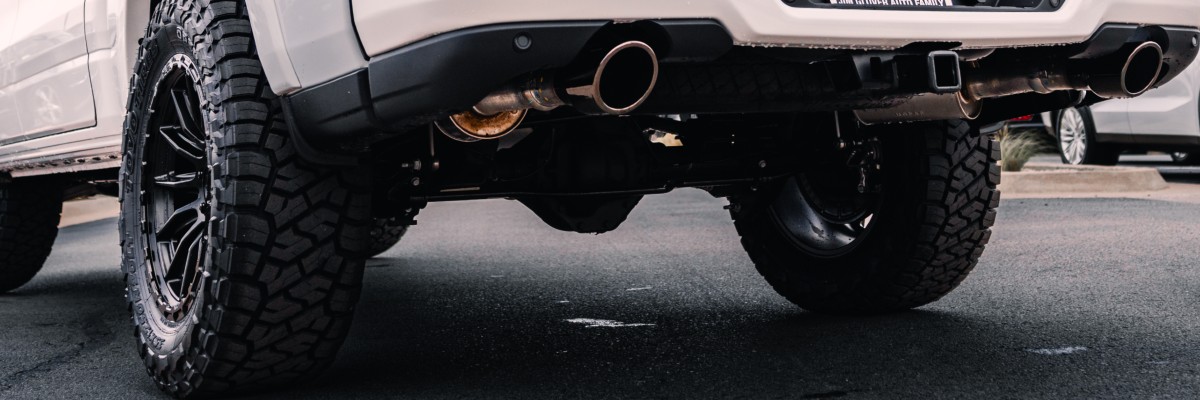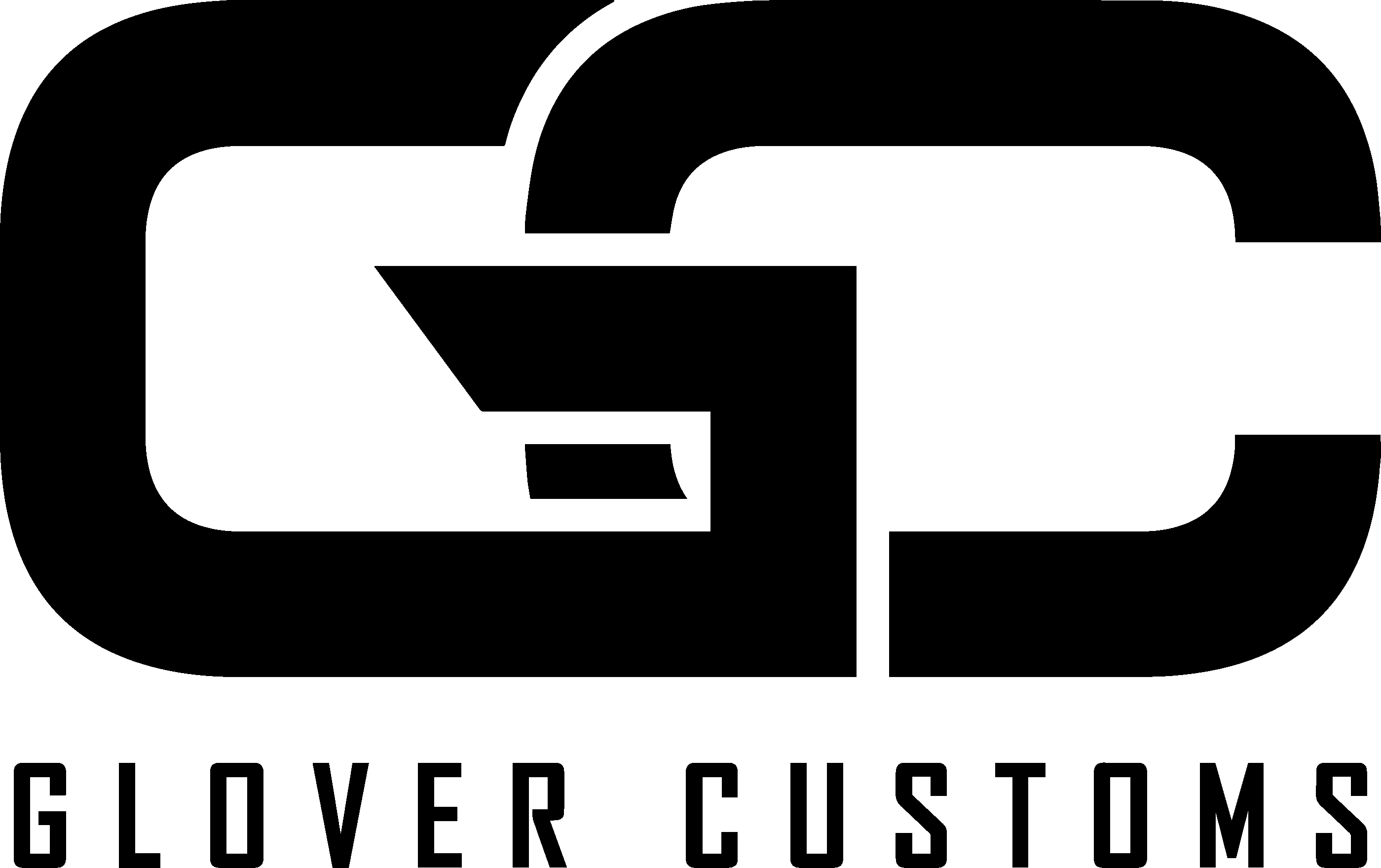We’ve focused on a lot of the exciting upgrades and add-ons that you’re likely to want when designing your custom build or adding new aftermarket accessories to your vehicle. But there are plenty of overlooked aspects of the vehicle that don’t get enough attention, and one of those things is your differentials. Your differential is a critical component for performance, especially off-road performance, as it has an impact on things like traction, torque delivery and overall drivability. Today we’re going to make sure you not only know what your differentials are, but also when and why you might want to upgrade them.
What is a differential?
First things first, let’s make sure we all understand exactly what the differential is. This crucial piece of your vehicle is a mechanical device that allows the wheels to spin at different speeds, a necessary requirement for smooth turning. In most factory-built vehicles, the inside wheel covers less distance than the outside wheel while making a turn. The differential is there to adjust power distribution in such a way that this is possible.
In custom vehicles designed for high performance or off-roading, the standard stock differential is rarely going to be able to keep up with the extremes to which these vehicles are pushed. If you intend to put your vehicle through demanding conditions like driving through mud, crawling over rocks, climbing steep inclines or traversing uneven terrain, upgrading your truck or SUV’s differential can ensure that it performs at its best even through these activities.
When should you upgrade your differentials?
You can upgrade your differential whenever you want, of course; however, there are four specific instances in which you should definitely upgrade your differential.
- The first is after upgrading to larger tires. Installing larger tires puts more strain on your drivetrain, which makes it more difficult for your stock differential to manage power distribution effectively.
- The second is if you intend to take a lot of off-road adventures, as most stock differentials are designed with simple daily driving in mind, rather than the intensity of off-roading.
- The third is if your build is geared specifically towards performance, such as for racing, heavy-duty trail riding or even trailering, as these activities can cause your stock differential to become a bottleneck.
- Finally, if you’re experiencing traction issues, such as your vehicle struggling to maintain grip in challenging conditions, it’s likely time to consider an upgrade to enhance safety and stability.

What types of differentials are there?
While there are several different types of differential out there, there are three that are the most common — and these are the three that we would recommend. When deciding to upgrade your differential, it’s crucial to choose the right type for your vehicle and situation.
Open Differential
The first and most common type of differential is what’s most often found on factory vehicles, and it’s called the open differential. The way they work is by evenly splitting torque between your wheels. While this is fine for ordinary daily driving, it becomes an issue when driving in off-road or slippery conditions. This is because the open diff always directs power to the wheel with the least resistance, which means if one wheel loses traction it could leave you stuck where you’re at with a spinning wheel.
Key Traits
- Affordable, simple design
- Poor traction in challenging conditions
Limited-slip Differential
The next most common type is the limited-slip differential, which is sometimes even found in stock performance vehicles like the Ford Mustang or BMW M models. They’re far superior to the open diff as it can automatically adjust power distribution when a wheel loses traction. Rather than distributing all of your vehicle’s torque to the spinning wheel, an LSD is able to allocate power to the wheel that does have grip. This leads to a big improvement in traction, even in casual off-road conditions or whilst towing.
Key Traits
- Offers better traction than open differentials
- Ideal for mixed driving; on-road, light off-road
- Struggles in more extreme conditions
Locking Differential
That brings us, finally, to the gold standard where off-roading is concerned: the locking differential. Even these can be found in some stock vehicles, but usually special trim levels designed with off-roading in mind – like the Toyota Tacoma TRD Pro or Jeep Wrangler Rubicon. Improving upon both of its predecessors, lockers allow both wheels to rotate at the same exact speed, regardless of how much traction they have. What this does is ensure maximum torque delivery at all times, making it the perfect option for more extreme activities like rock climbing, wading through thick mud and even navigating steep terrain.
Key Traits
- Unmatched performance in off-road conditions
- Ideal for extreme builds and heavy-duty applications
- Less comfortable for daily driving
You should now have a much better understanding of what differentials are, as well as when and why you should upgrade them from the stock differential you have. If you have any questions or would like to inquire about upgrading your own truck or SUV, don’t be afraid to give us a call here at Glover Customs!



